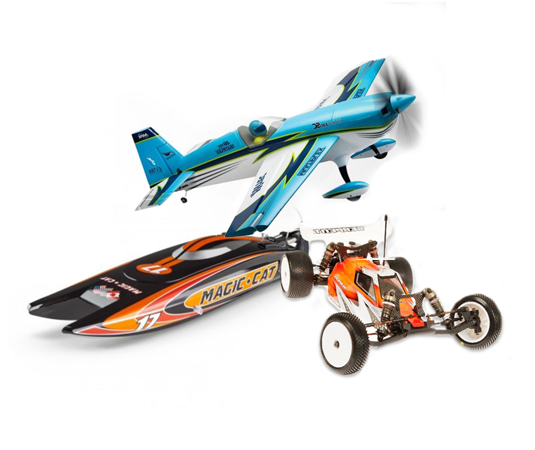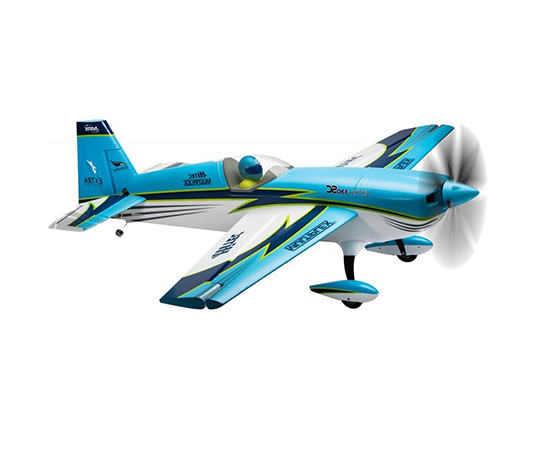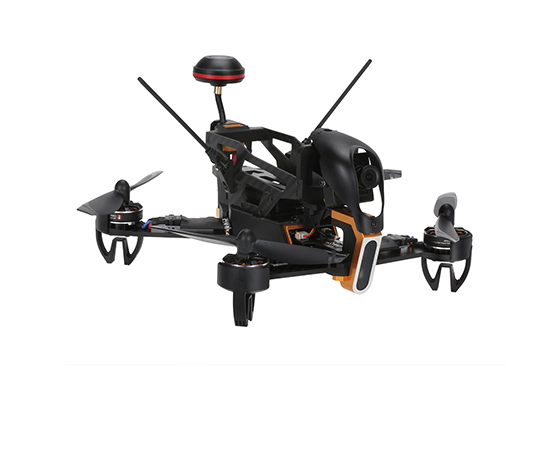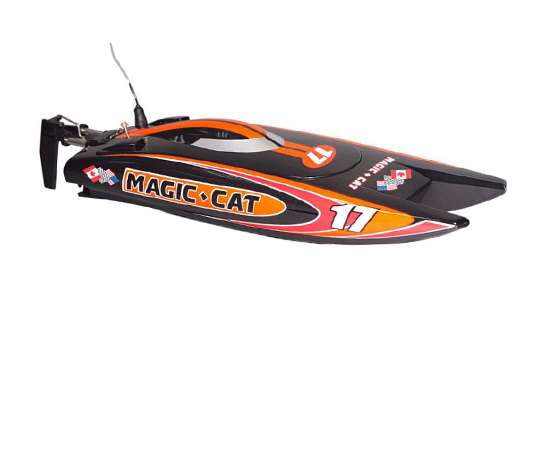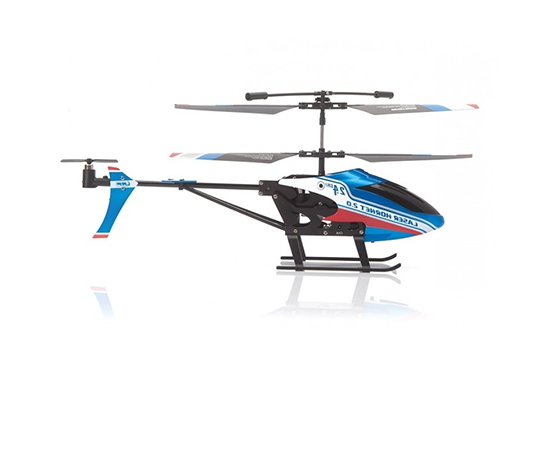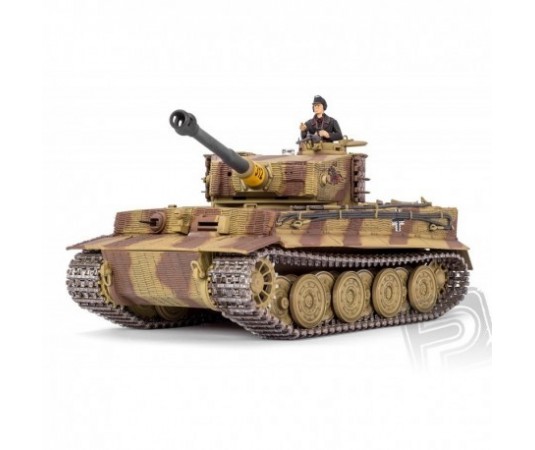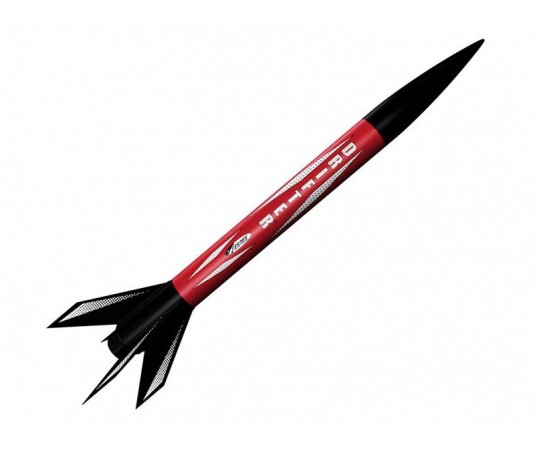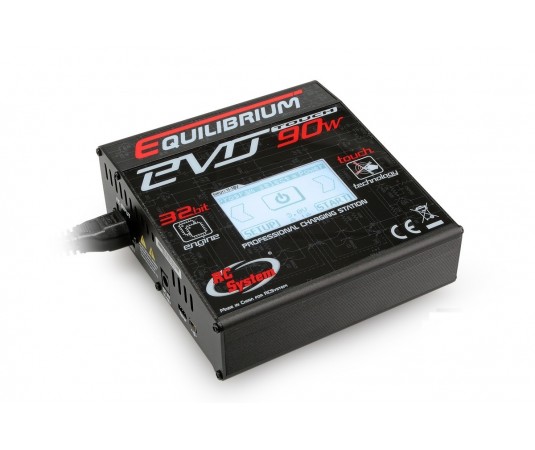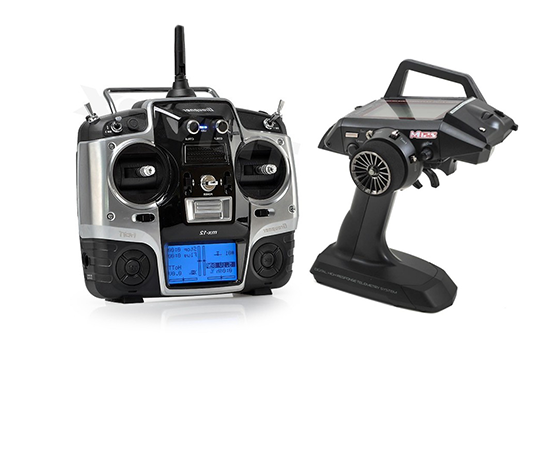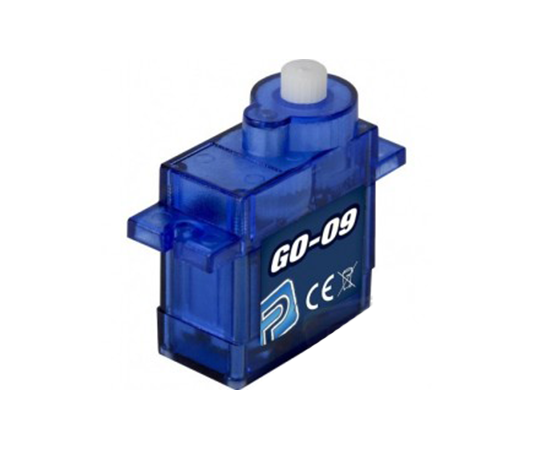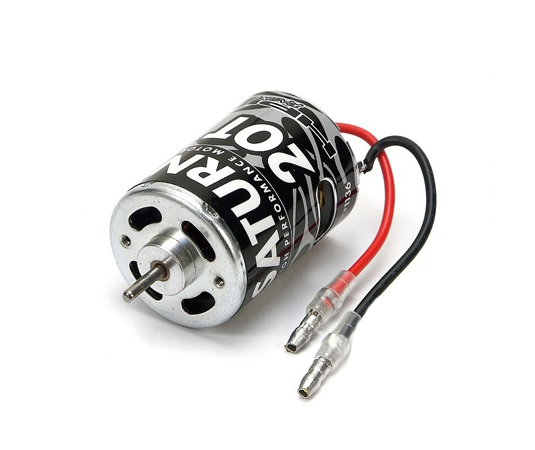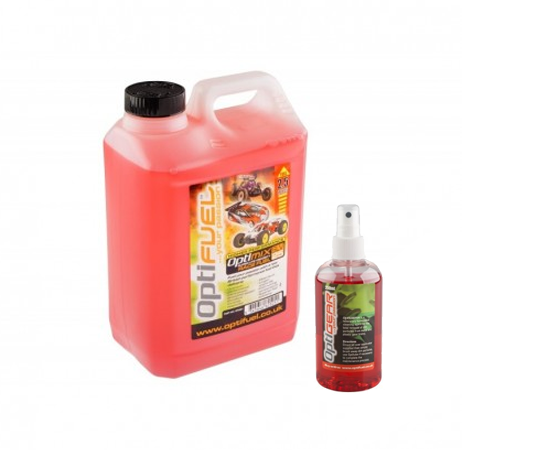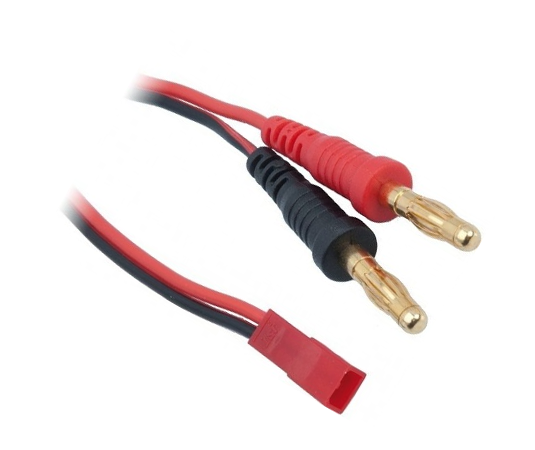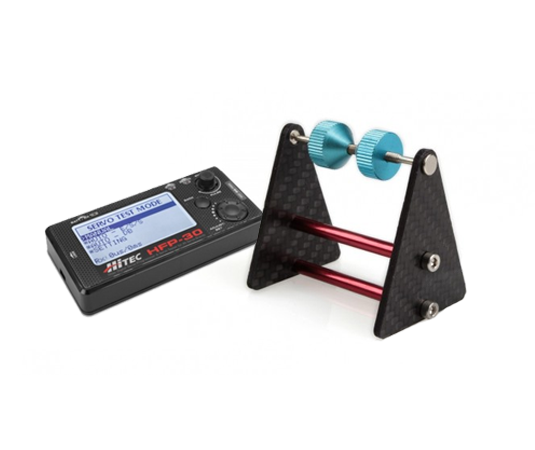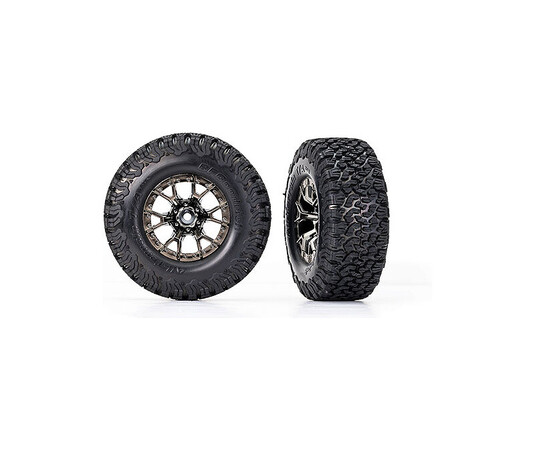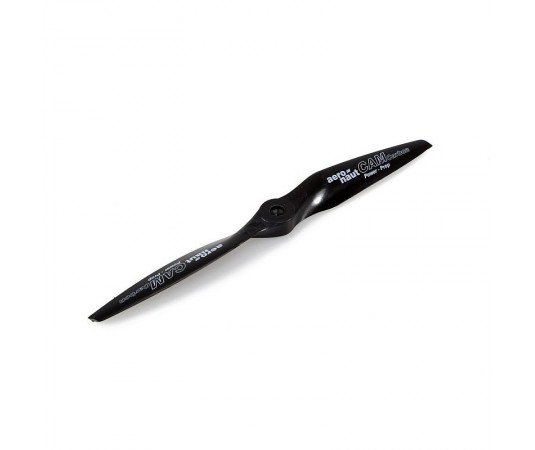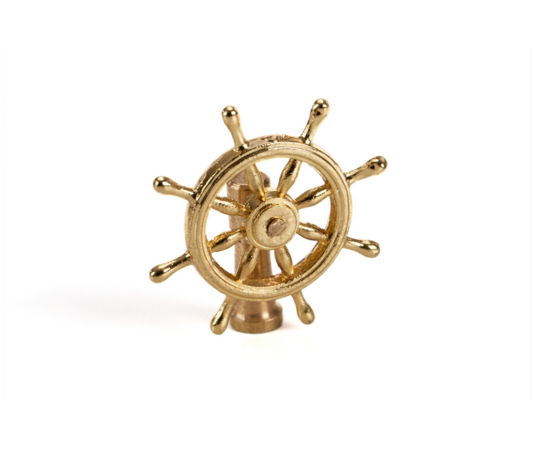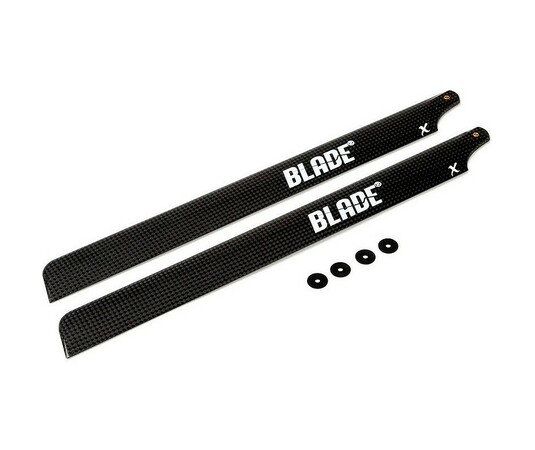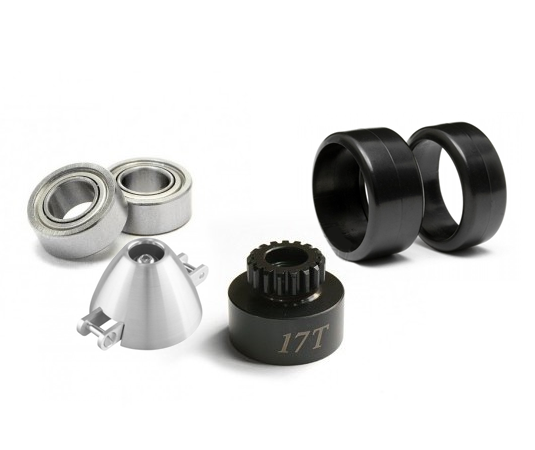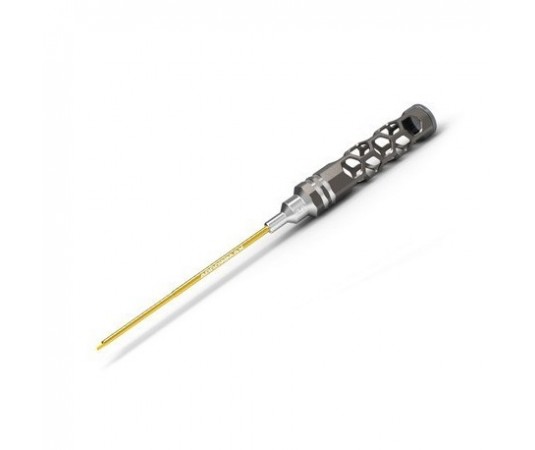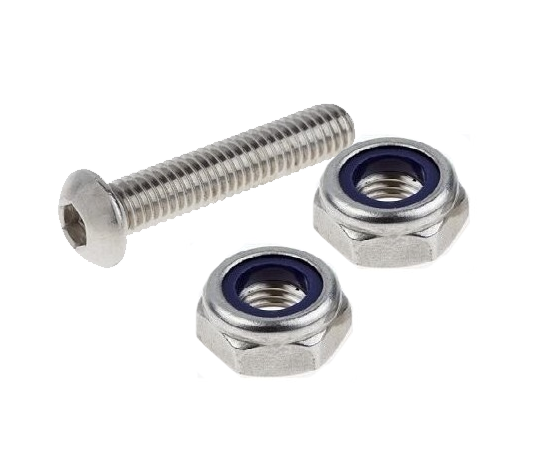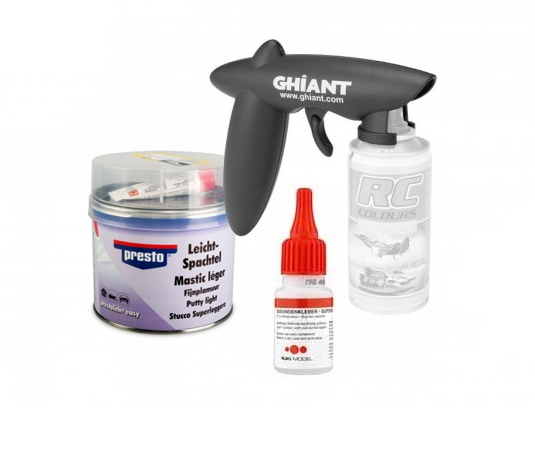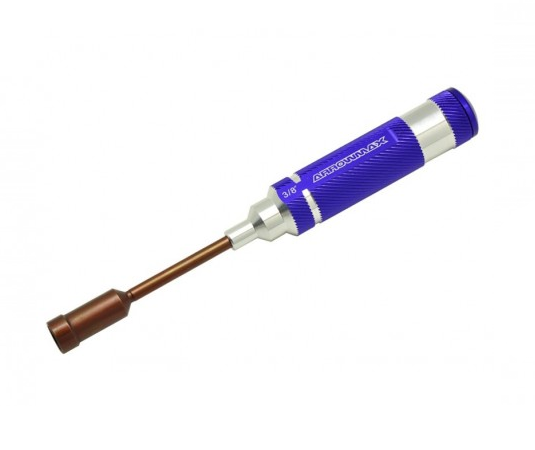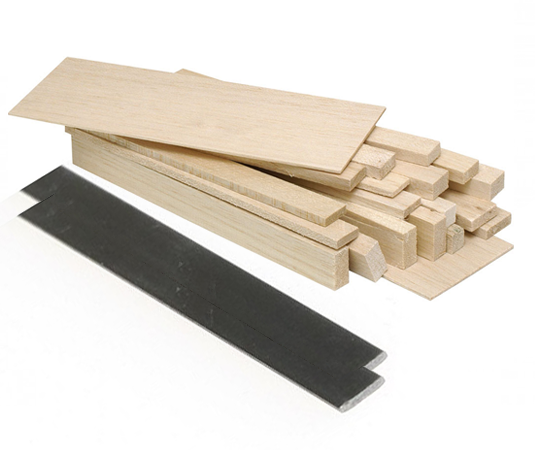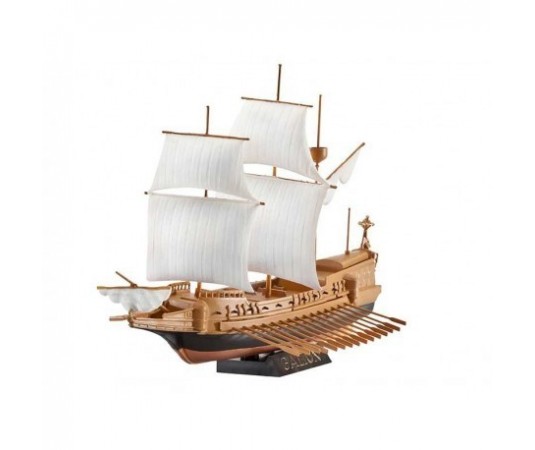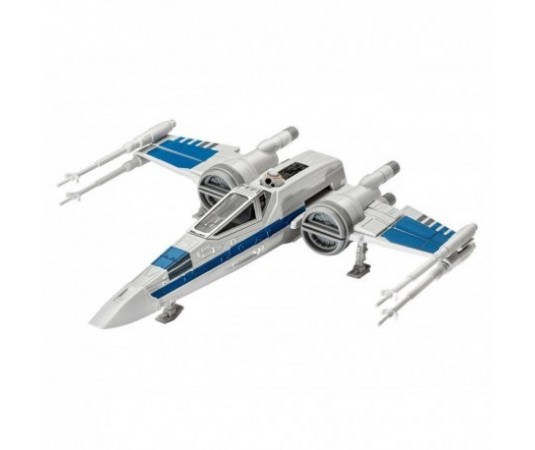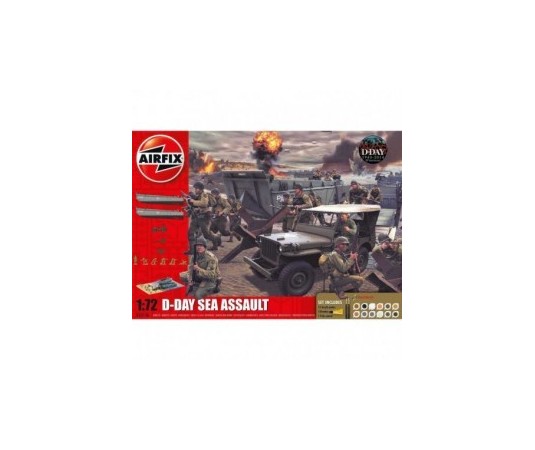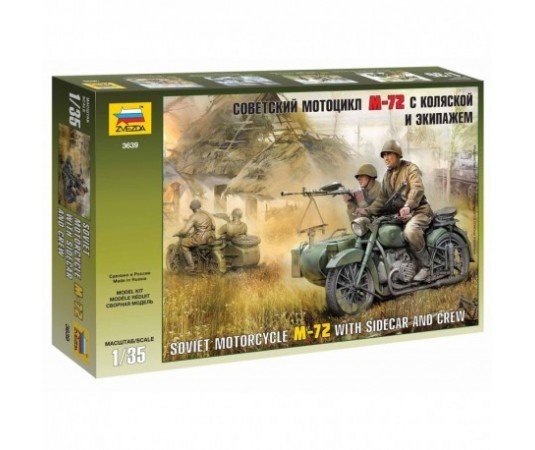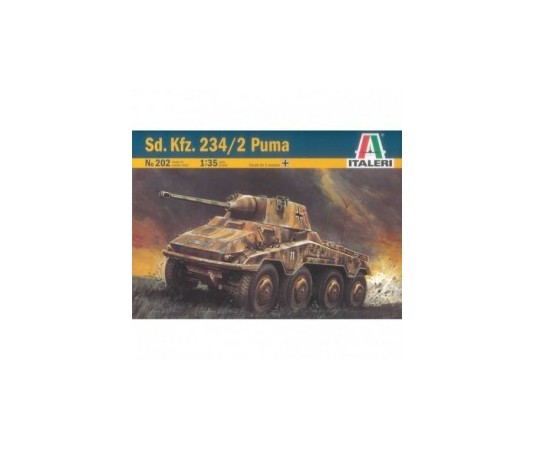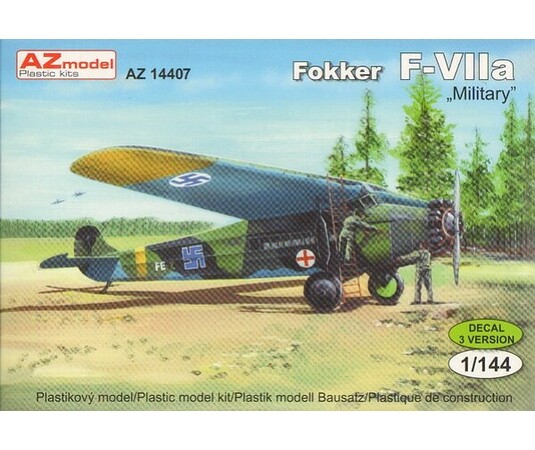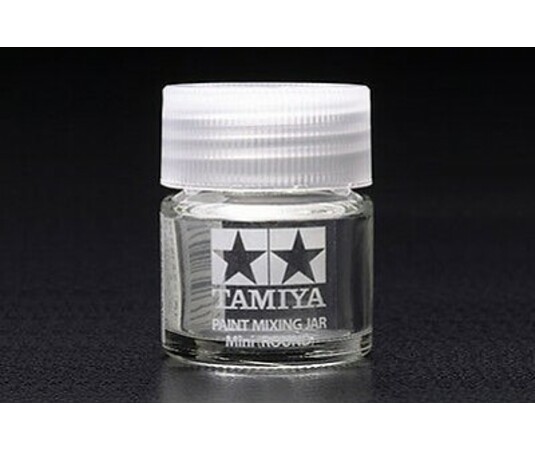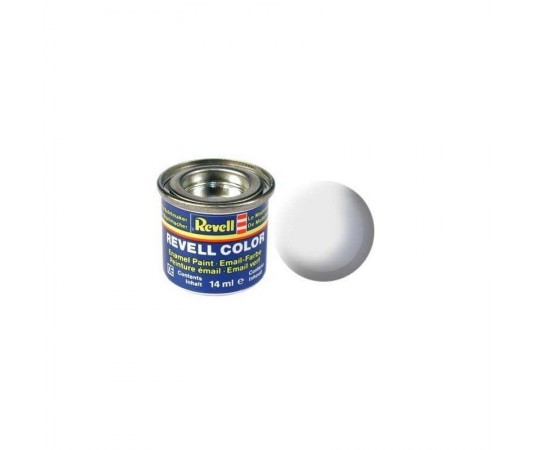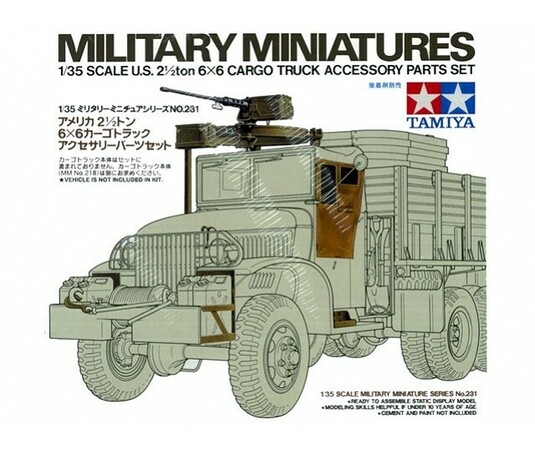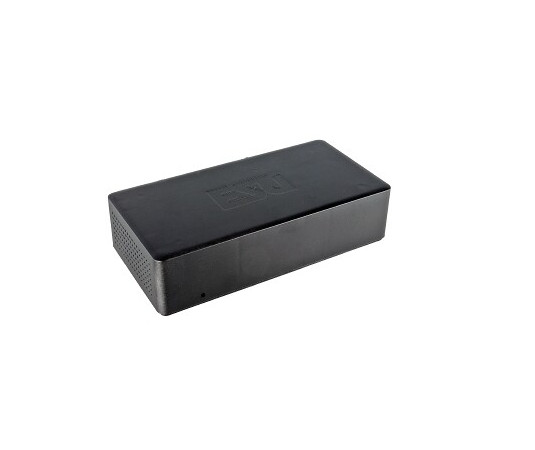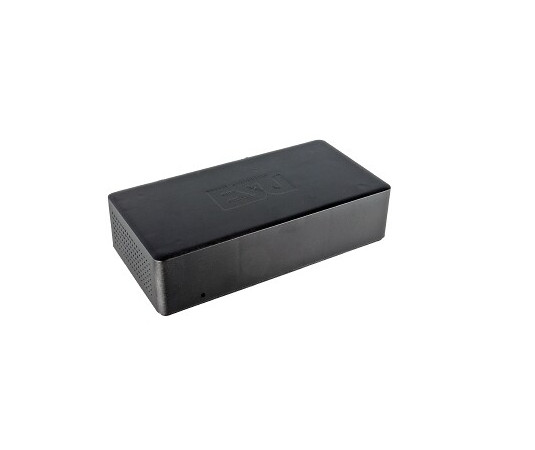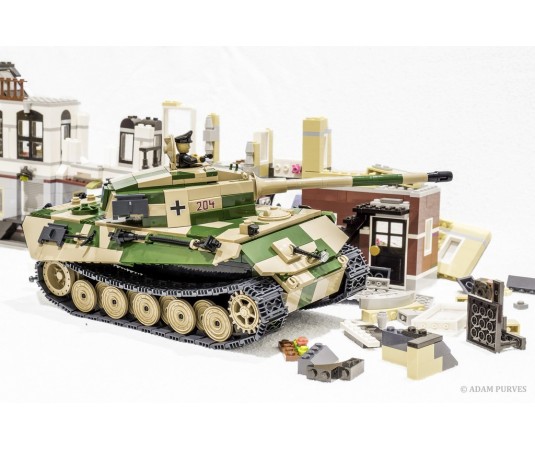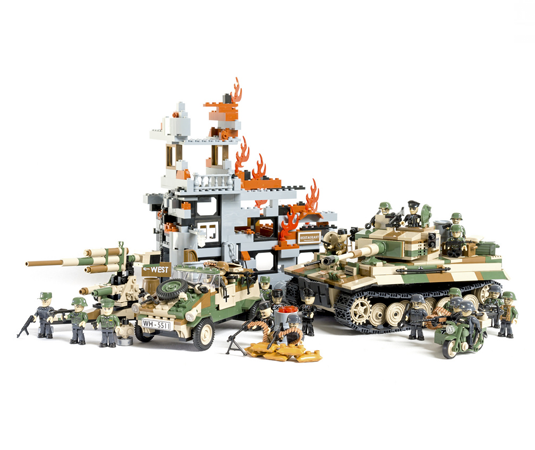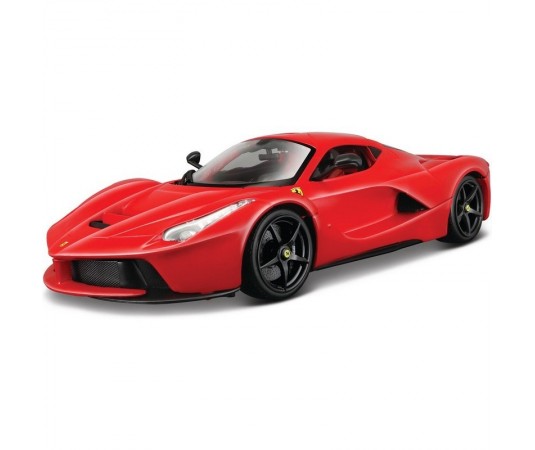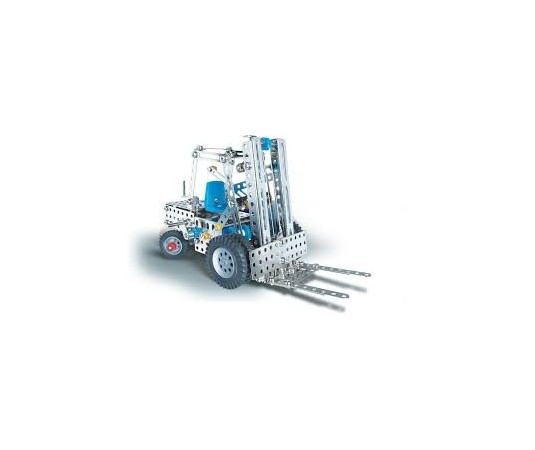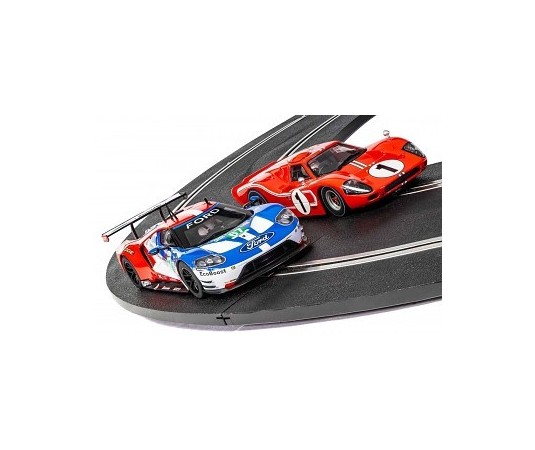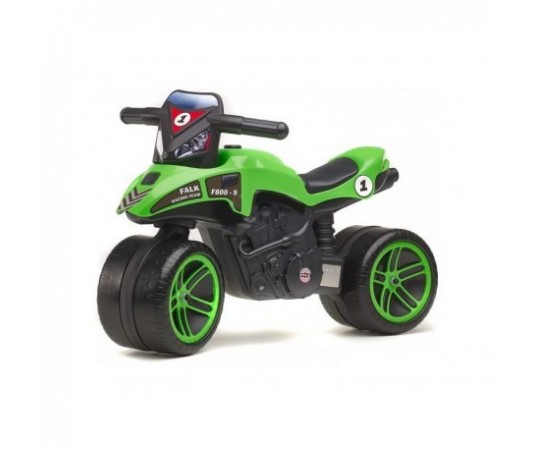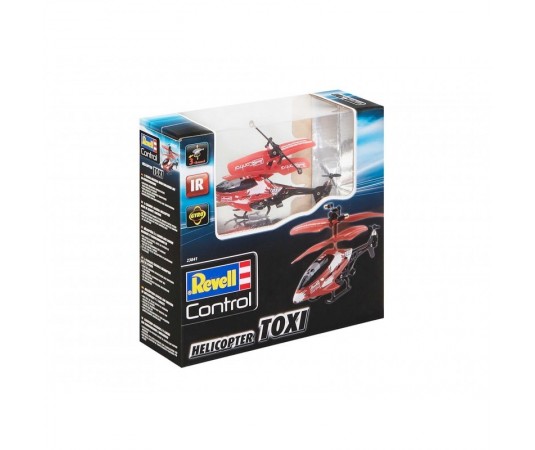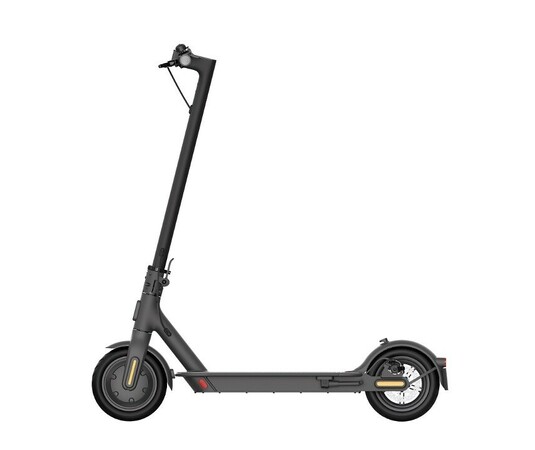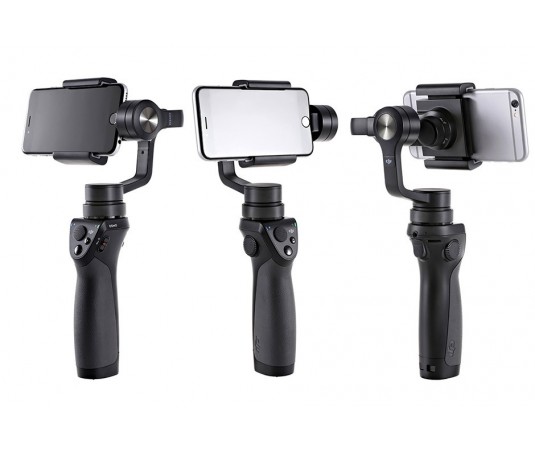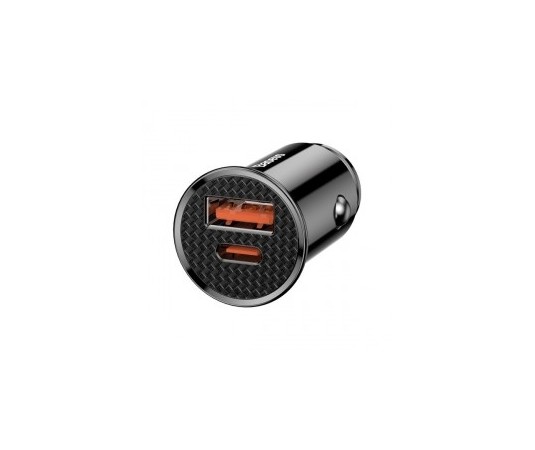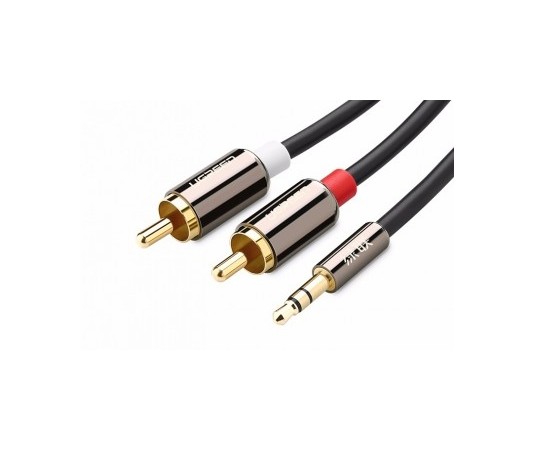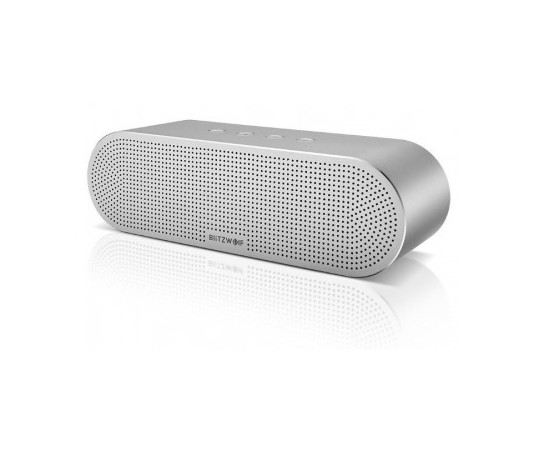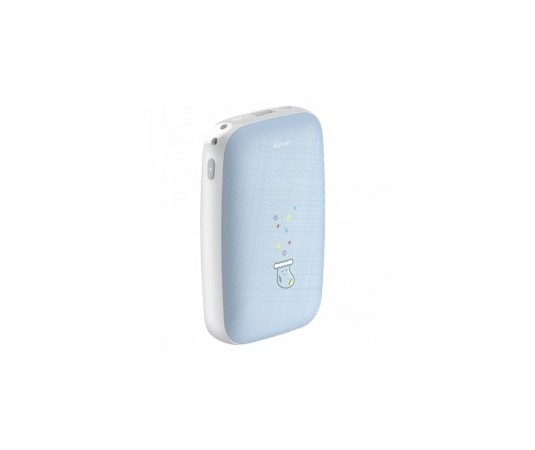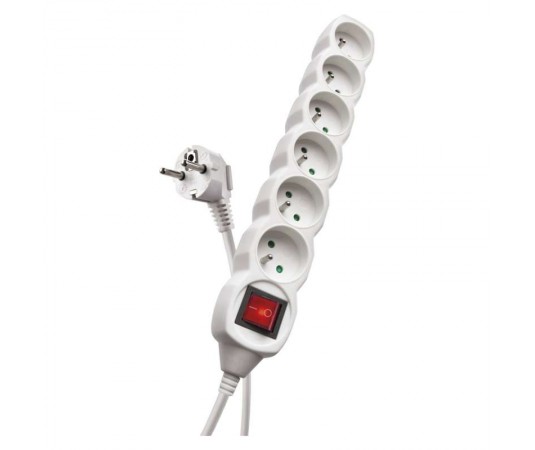- Special price
KAVAN FunStik 1280mm kit

Express delivery

Large selection of carriers

Satisfaction guarantee
It's time for some serious fun! Recreational acrobatic sport-flyer FunStik in retro "Fokker-Morane" style allows you to have a good time in the workshop and at the airport. The FunStik is an ideal project for modelers who already have experience building simpler models in bulk and reliably manage to fly high-flyers with controllable ailerons. Thanks to a well-thought-out construction with laser-cut parts with protrusions and notches that fit together like puzzle pieces, construction is very quick and easy. Whether you equip the FunStik with a 3.5-4cc internal combustion engine or a 500-600W alternating current electric motor, you get a nimble and nimble acrobatic model that will never tire of you!
The hull is a classic balsa and light plywood construction; its "backbone" is a balsa bottom plate with laser-cut notches into which you gradually "fit" all the partitions, partitions and sides. The internal combustion engine is mounted on plastic beds on the plywood engine bulkhead; you can just as easily attach a rear-mounted electric motor. The space for the rudder, elevator and throttle servos is located in the fuselage under the wing. The removable cover on the top allows access to the fuel tank or the insertion of the drive battery.
The one-piece wing with a symmetrical profile is a classic construction with balsa ribs and a rigid torsion box cover. It is attached to the hull with two plastic screws. The construction is again facilitated by the use of laser-cut parts with "puzzle"-style notches and protrusions, thanks to which you can assemble everything correctly and without twists without the need for construction tools. The ailerons along the entire span of the wing are controlled by two micro servos with short straight wire rods. The wing design allows the ailerons and levers to be placed on the underside of the wing (suitable for flying with landing gear) or on the top side of the wing (suitable for flying without landing gear and landing on your belly in the grass).
The tail surfaces are board, glued from spruce beams and laser-cut balsa parts. The rudder and elevator are controlled by servos located in the fuselage under the wing with wire cables.
The chassis with a fixed spur is duralumin, with light KAVAN wheels.
You will need at least a four-channel RC set to control the model. Standard servos for the rudder and elevator will do, with a thrust of 3-4 kg.cm, to reduce the weight of the electrolet, you can mount mini- or micro-servos with similar parameters. Use quality micro servos for ailerons and throttle.
To power the model, you can choose common two-stroke engines with a glow plug of 3.5-4.0 cc and a tank of 100-150 ml; if you opt for the more powerful and "thirstier" OS MAX-25FX II, it is more appropriate to use a 150-170 ml tank.
In the electric version, you can install a 500-600W AC electric motor such as the KAVAN C3542-1200 or Model Motors AXI 2820/10 V2 with a 50-60A regulator and a 3S LiPo battery 2200-2600 mAh.
Kit includes: laser-cut balsa and plywood parts, spruce beams, balsa beams and hardboards, accessory kit, duralumin chassis, light wheels, sheet of self-adhesive decals, 1:1 scale construction plan and instructions.
Notice
According to Commission Delegated Regulation (EU) 2019/945 of March 12, 2019 on unmanned systems and operators of unmanned systems from third countries and Commission Implementing Regulation (EU) 2019/947 of May 24, 2019 on rules and procedures for the operation of unmanned aircraft, operators and pilots of unmanned aerial vehicles (classic aircraft models, multicopters, dro ny) that weigh more than 250 g or carry a camera or other sensor capable of capturing personal data in any way must be registered (in the Czech Republic with the Civil Aviation Authority). More information can be found here: Registration of drone operators and pilots
| Span [mm] | 1280 |
| Length [mm] | 1040 |
| Weight [g] | 1450 - 1500 |
| Wing area [dm 2 ] | 31.5 |
| Recommended tank volume [ml] | 100 - 170 |
| Controlled functions | S,V,K(2),M |
| Difficulty of construction | S2 |
| Difficulty of piloting | P2 |


